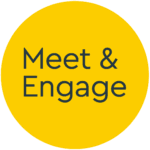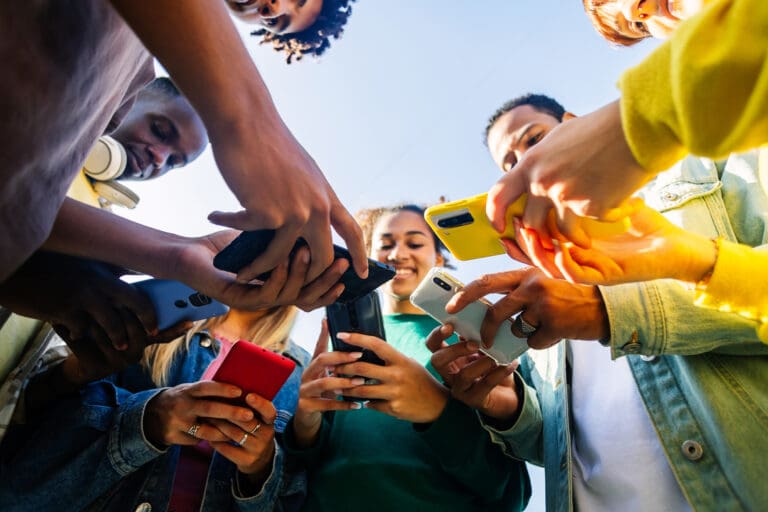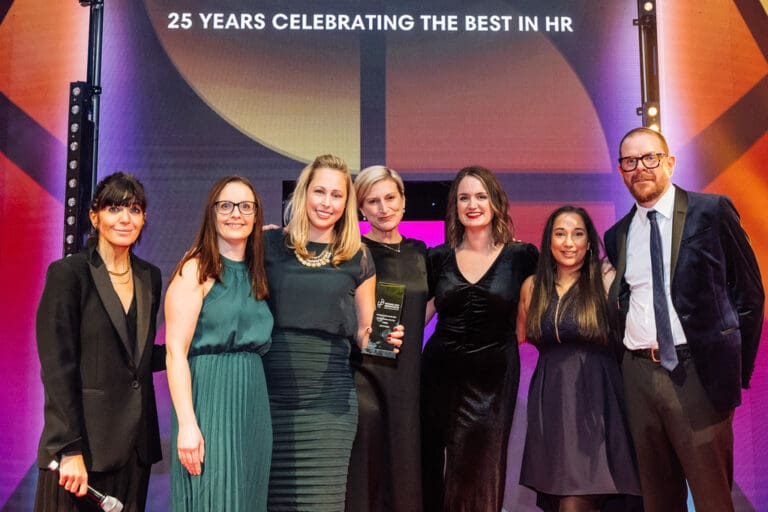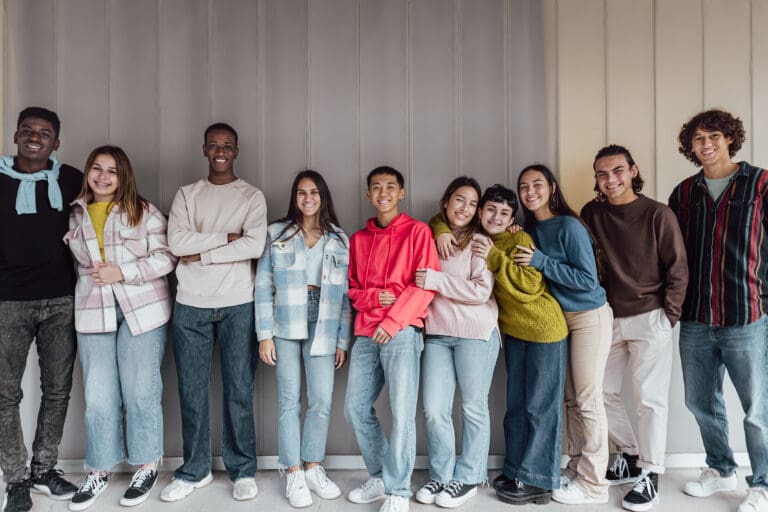We’ve come a long, long way together – but there’s so much more to do
It’s fair to say that gender diversity in the workplace has come a long way in the 30 or so years of my career, yet despite the increasing investment and focus on this issue, the role of women in the workplace has not yet reached parity. And there’s a way to go yet.
As the recent Female Lead research findings #EntitlementGap show, intersectionality intensifies this disparity, and the well documented McKinsey Global Institute’s (MGI’s) Power of Parity index shows how the effects of Covid-19 has further exacerbated those inequalities.
The numbers don’t add up
Research from the ISE Inside Student Recruitment survey shows that gender is the diversity characteristic given the highest priority by firms looking to recruit emerging talent, yet the average proportion of early careers female hires remains well below both the Higher Education and UK population averages.
So why is this? Employers are actively changing aspects of both their attraction and marketing and recruitment and selection processes to address the issues of diversity. And we see the positive impacts of this in aspects such as targeting particular groups with tailored attraction campaigns through social channels; the use of outreach and a broader university engagement strategy; unconscious bias training, name blind recruitment, and contextualised screening and selection.
Employers need to be bolder, achieving more outreach (often with reduced resources) by looking for talent in places that you wouldn’t typically reach through the traditional channels.
The confidence trick
The last few years have seen a myriad of reports from sources as diverse as The Guardian, AGR/ISE, Girlguiding, Forbes and Hewlett Packard outlining aspects of gendered behaviour that impact on equality and this goes someway to explaining why the imbalance still exists.
One of the greatest challenges in attracting a more diverse workforce identified by graduate employers and universities suggests male graduates are perhaps more willing to take chances while women may lack confidence.
Harvard Business Review highlighted the statistic (also used in Lean In and The Confidence Code) that men apply for a job when they meet only 60% of the qualifications, but women apply only if they meet 100% of them.
And a poll by the Girlguiding charity that suggests career confidence in young women drops as they get nearer to finding a job.
A more recent report using new data from LinkedIn in HR Magazine suggests that Coronavirus has further negatively affected female hiring and job confidence.
More is more
Despite the fantastic employer initiatives we see, the data shows that more is required. More personalisation, greater understanding of the issues and a more specific, flexible and tailored narrative relevant to the audience’s needs.
2020 High Fliers research shows that women are still less likely to apply for graduate programmes than men, so how do employers engage women?
However actively you’re targeting women who have already decided to apply, how do you reach those that might not even have heard of you, or those that wouldn’t have the confidence to apply? And in the light of the pandemic and migration online, how can you best engage female students virtually?
What women want
The subtitle is deliberately provocative here. Because actually, I believe the following applies regardless of how you identify. And research would seem to support this. Students specifically want to know the following:
- How committed a company is to diversity, equity and inclusion
- What specific actions the employer is taking in order to hire a diverse workforce
- What support exists internally (ERGs, D&I networks, forums or discussion groups)
- Whether the employer publishes gender and diversity pay reports
- Whether leadership are visibly involved and supportive
- What your culture is like, and how you live your values and behaviours.
Culture & D&I events currently account for 35% of all activity on the Meet & Engage platform with an average of 33 attendees per chat and 48% of the attendees actively chatting and asking questions. And events which include video panel discussion or Live Streaming, polls and other media assets record high NPS scores with underrepresented groups showing significant engagement levels. The top 3 topic areas for D&I early careers virtual events are as follows:
- 33 % Company’s initiatives around inclusion and support in the workplace
- 27% Application hints and tips
- 18% Job matching and employability skills
Challenging the status quo
If you rely on those candidates that automatically apply, the picture will remain unequal. Employers need to be bolder, achieving more outreach (often with reduced resources) by looking for talent in places that you wouldn’t typically reach through the traditional channels.
And when you have got the interest of the students who wouldn’t normally apply, you need to hold the audience attention and build their confidence and engagement with tailored marketing and event communications, private ‘invite only’ events for particular cohorts, curated content around relevant topics and bespoke follow-ups.
Branding your events and hosting virtual chat sessions through a moderated platform offers a comfortable way for women to engage with your content and explore the opportunities in your organisation without feeling exposed by being on video or audio.
Women in the Gen Z group need to feel confident that they are joining a community where they can truly fit in.
You’ve got to see it, to be it
Talking about your values is essential, but useless unless you can back it up with authentic action. Gen Z’s are adept at reality testing and they want to hear examples of how your people live up to your values in the daily operations of your business.
This is where what we call ‘passing the mic’ comes into its own. Live virtual events are a great way to literally pass that microphone over to selected and relevant current employees at all levels of seniority (that your audience can relate to) so they can talk about their own experiences.
You need to feel it to believe it
You need to take time to think about how to clearly communicate your culture and where you stand on the issues that really matter to young candidates. Before Covid, a visit to your offices and a chance to speak to the team and soak up the atmosphere would have given potential recruits a feel for your culture. The shift to virtual recruitment has created the opportunity for organisations to communicate their values in a much more structured and engaging way and to open up the whole of the organisation, regardless of geography.
Events can be offered on how a business supports female employees, what it’s doing to root out gender discrimination, where it stands on mental health and wellbeing, or the environmental and sustainability initiatives that it supports.
Because relating is the key here, and women in the Gen Z group need to feel confident that they are joining a community where they can truly fit in.
The Top 10
Use your event strategy and outreach to inspire the women you want to attract to take a closer look, and then build that engagement by nurturing them through a series of tailored and relevant interactions with your organisation. Here are our top 10 suggestions for intervention.
- Pre-application events targeted at under-represented groups
- Adding attendees to a keep-warm nurture track where you can serve bespoke content
- Offer contact with a mentor or recruiter helpdesk
- Group chats with ERGs or focused on particular skill areas
- Culture insight events – location/office/values/orientation etc
- Explore programmes – hosted by recent graduate joiners
- Application hints and tips, reminders of timelines, encouragement for early application
- In-process support – chats around assessment, interview skills sessions etc
- Keep warm contact between offer acceptance and start date
- Onboarding and induction support
About the author
Jo Brickell is a Client Partner at Meet & Engage working to identify where conversational real-time technology can best support employer’s candidate experience objectives.
A Chartered Marketeer with a degree in Business Studies, the CIM Diploma in International Marketing, and an award-winning career focused on the employer branding, employee engagement and people communications sector.
Working closely with client organisations, recruitment comms agencies, RPOs and tech partners, Jo has managed Employer brand, EVP and Candidate Engagement projects for complex global matrix organisations and some of the world’s most high-profile corporate brands.






